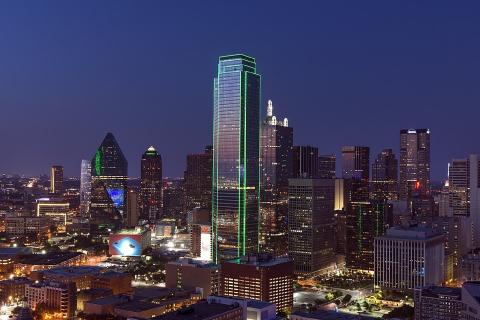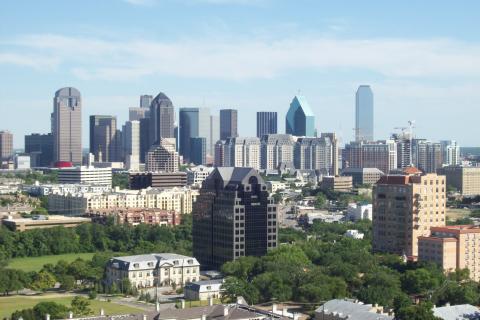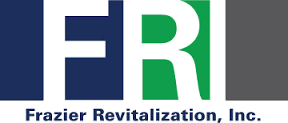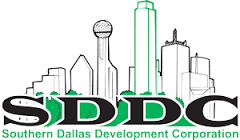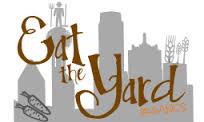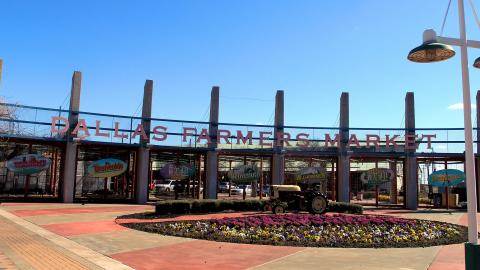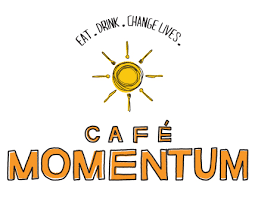Posted January 2017
Dallas was incorporated as a city in 1856, and quickly became a business and trading center following the development of major rail lines through the area. The city’s importance as a transportation hub was reinforced by the construction of the Interstate Highway System in the mid-20th century, with four major highways meeting in the city and another circling it. While Dallas’ economy was initially based on cotton and oil, its accessibility has helped it become an industrial and financial center with a diverse range of industries and the third largest concentration of Fortune 500 companies in the U.S. While other Texan cities have suffered in recent years due to falling oil prices, Dallas has continued its remarkable record of experiencing growth every decade since the 1870s. According to 2015 U.S. Census estimates, Dallas boasts over 1.3 million residents, making it the 9th largest city in the country. The city is 42 percent Hispanic/Latino American, 29 percent white American, 25 percent African American, and 3 percent Asian American.
According to Forbes magazine, in 2016 Dallas ranked among the top 20 cities worldwide with the most billionaires. Despite this wealth, poverty remains a significant problem, with nearly a quarter of all residents (24 percent) living in poverty, a figure above other large Texas cities and well above the state average of just 16 percent. In 2014, Dallas Mayor Mike Rawlings noted that, “Dallas is the poorest rich city in the United States.”
Demonstrating this dichotomy, the Urban Institute’s 2015 Neighborhood Inequality Index found that among all U.S. localities with at least 250,000 residents, Dallas had the largest gap between its top and bottom census tracts. Specifically, incomes in Dallas’ top tracts were nearly 6 times higher, housing values over 6 times higher, homeownership roughly two and a half times higher, and college completion 9 times higher than in its lowest ranking areas.
Fortunately, Dallas is also home to a range of organizations working to address the city’s serious, concentrated poverty and build community wealth. For example, the city boasts numerous CDCs, including City Wide Community Development Corporation, which is currently developing a mixed-use, mixed-income, transit-oriented development in Dallas’ Lancaster Corridor, an area suffering from severe disinvestment. The project will encompass office and housing, including apartment homes for homeless women clustered around supportive services. CitySquare, a nonprofit aiming to fight poverty through service, advocacy, and friendship, runs a range of asset-building programs. In 2001, recognizing the city’s need for more affordable and supportive housing, the nonprofit created an affiliate CDC, which is now developing Cottages at Hickory Crossing, a $6.8 million project across from CitySquare’s main building, which will include 50 cottages for formerly homeless individuals in a village that encompasses a community garden and a range of services to meet residents’ needs.
A review of these and other community wealth building efforts follows:
